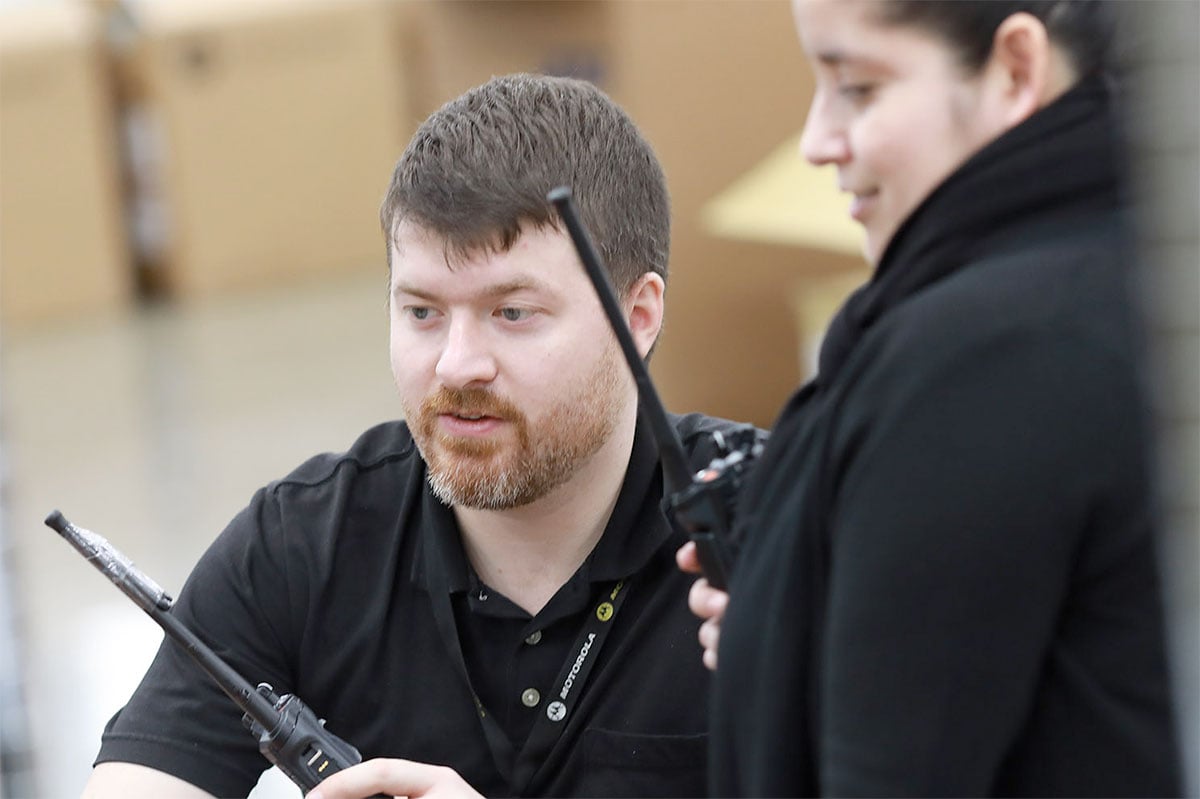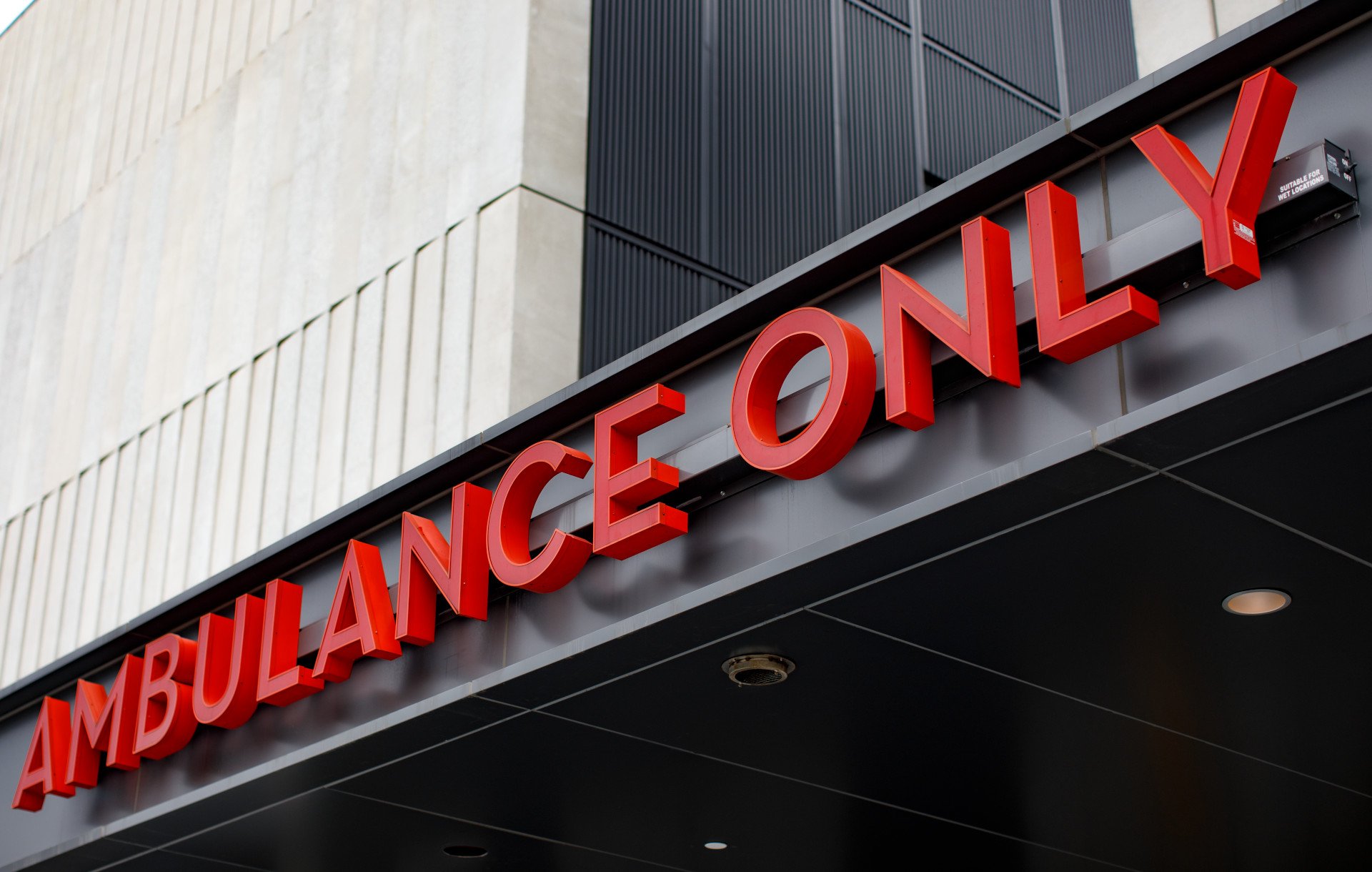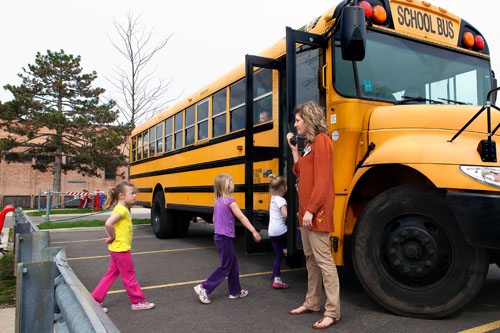Imagine that your business has decided to use two-way radio communication to keep connected while on site or in the field, but no one has ever used one. Employees may voice their unease with the devices, or even worse, avoid using them altogether. They may not understand the importance of two- way radios as a safety tool for them and end up hurt.
Your investment is well spent only if the radios are used and used properly. If your team isn’t trained, they won’t use the equipment. If they aren’t comfortable using the equipment, the system you put in place won’t work the way it’s designed because employees won’t know how. This creates safety issues and increases risk. That’s why proper training and efficient interdepartmental communication is crucial to your success.






